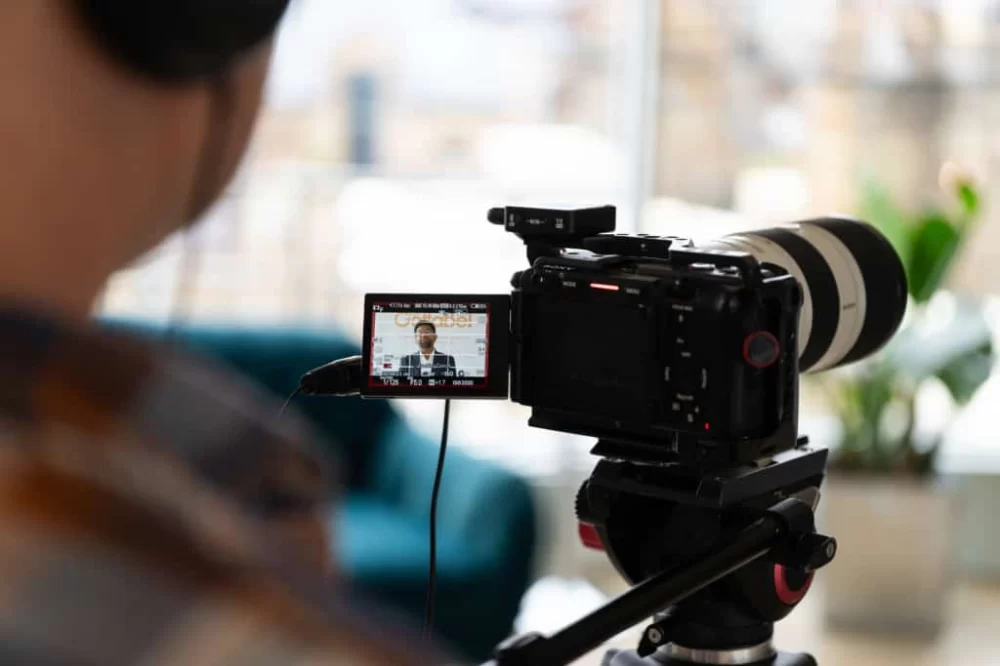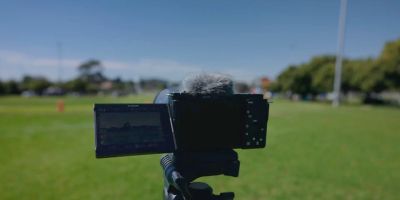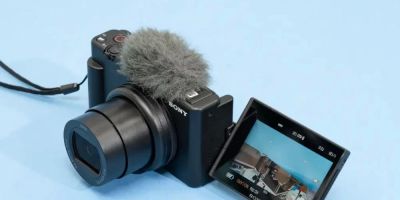
- how-to-photograph-motion-and-movement-with-a-camera-key-concepts
- understanding-motion-types-in-photography
- camera-settings-for-capturing-motion
- freezing-motion-expert-strategies-and-real-examples
- creative-motion-blur-adding-artistic-touch
- practical-tips-from-experienced-photographers
- recommended-gear-and-services-for-motion-photography
How to Photograph Motion and Movement with a Camera: Key Concepts
Capturing motion and movement with a camera is both a technical skill and a creative challenge. Whether you want to freeze an athlete in mid-air or capture the flowing lines of city traffic at night, understanding how to photograph motion and movement with a camera opens up endless artistic opportunities. In the world of action photography, knowing the right camera settings, choosing the ideal subject, and anticipating the moment are all part of the process. By the end of this article, you’ll be equipped with practical photography tips and deeper insights to elevate your motion photography, no matter your level.
Understanding Motion Types in Photography
Before diving into specific techniques, it’s important to recognize that not all motion is the same. In photography, movement can be captured in a way that either freezes the action, highlights its speed, or creates an abstract artistic effect. For example, think of those viral sports photos that show an athlete's expression as they leap or a skateboard flipping mid-trick. These images capture a single moment of high action, freezing motion with clarity. On the other hand, cityscape photos with light trails from moving cars or waterfall images where water appears silky smooth are classic examples of using motion blur creatively.
Understanding these two primary approaches—freezing action and creating motion blur—helps photographers choose the best technique for their story. Many of the most iconic images on social media and in photo competitions feature masterful use of either, depending on the intended effect.
Camera Settings for Capturing Motion
Your camera’s settings play a crucial role in how you photograph motion and movement. The main factors to consider are shutter speed, ISO, and aperture. For freezing motion, a fast shutter speed is essential. For example, sports photographers often use shutter speeds of 1/1000s or faster. To create motion blur, use a slower shutter speed—such as 1/15s or longer—depending on the speed of your subject.
ISO and aperture also matter. Higher ISO can help in low light but may introduce noise, while a wider aperture (smaller f-number) lets in more light and creates a shallow depth of field, which can add to the impact of your motion shots. Camera mode selection matters too: switching to Shutter Priority (often labeled as "S" or "Tv" on cameras) lets you directly control shutter speed while the camera adjusts other settings for proper exposure.
Freezing Motion: Expert Strategies and Real Examples
Freezing motion allows you to capture sharp, detailed images of fast-moving subjects. A classic example is Olympic sports photography, where the split-second expression of a sprinter crossing the finish line tells the whole story. To achieve this effect, use a fast shutter speed and continuous autofocus. Anticipation is key: pre-focus on the area where the action will peak, like the spot where a soccer player will strike the ball.
In one memorable story, a wildlife photographer shared how they spent hours waiting for a kingfisher to dive into a river. By using a high shutter speed and burst shooting mode, they caught the perfect frame with water droplets suspended mid-air. This combination of patience, timing, and technical skill is what separates good motion photography from great.
Creative Motion Blur: Adding Artistic Touch
While freezing motion is often about clarity and detail, embracing motion blur can lead to images that are expressive and unique. Think about long-exposure shots of dancers on stage, where their movement creates soft, ghostly trails, or those striking images of city lights forming ribbons across the scene. Motion blur tells a different story, one that emphasizes speed, energy, and the flow of time.
An example from recent online trends is the popularity of panning shots at car shows, where the background becomes a streak of color while the car remains relatively sharp. This effect is achieved by moving the camera along with the subject at a slower shutter speed. It takes practice, but once mastered, it creates images full of excitement and motion.
Practical Tips from Experienced Photographers
To photograph motion and movement with a camera successfully, start by studying your subject’s behavior. Athletes, animals, and even busy streets have patterns—predicting these helps you prepare for the decisive moment. Use continuous shooting mode to increase your chances of capturing the perfect frame. Don’t be afraid to experiment: try different shutter speeds, angles, and backgrounds.
One professional photographer once shared how they captured a memorable image of a skateboarder performing a trick under harsh midday sun. By adjusting exposure compensation and timing the shot with the peak of the action, they achieved both sharpness and drama. These little tricks, learned from experience, can make all the difference in your photography journey.
Recommended Gear and Services for Motion Photography
If you’re serious about mastering how to photograph motion and movement with a camera, investing in the right gear makes a significant difference. Fast lenses (with wide maximum apertures), cameras with advanced autofocus systems, and sturdy tripods for long exposures can help you achieve professional results. For beginners, even entry-level cameras with manual settings offer room to experiment and grow.
If you need expert advice, want to try out the latest equipment, or are looking for personalized recommendations for your next photography adventure, check out Photo Studio. Here you’ll find knowledgeable staff, access to rental gear, and the best selection of cameras and accessories to elevate your motion photography game.





